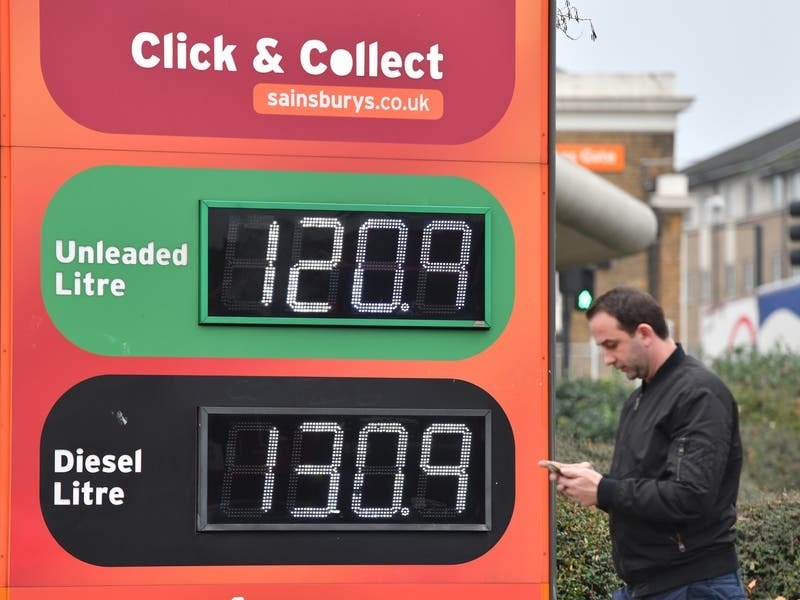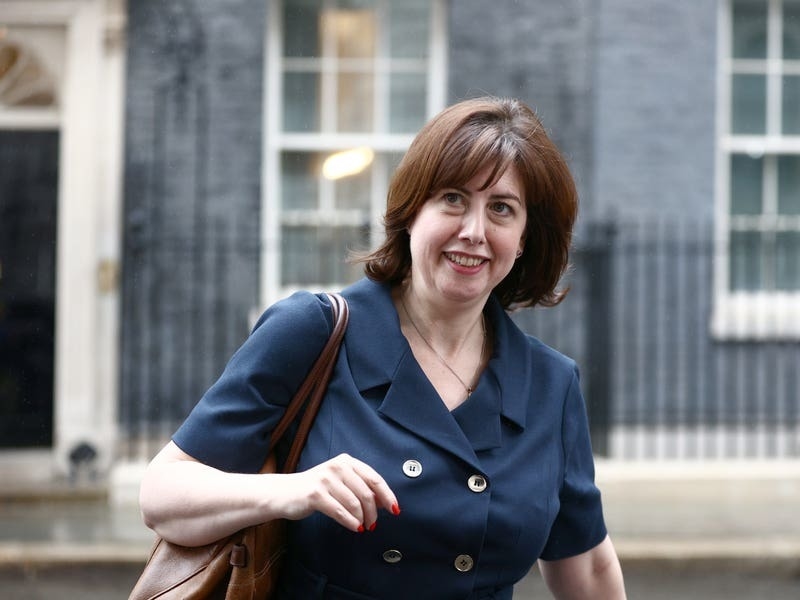Drivers are still paying more for fuel than they should due to “stubbornly high” margins, the competition watchdog said.
The Competition and Markets Authority (CMA) said fuel margins remained higher than historic levels, and it remained concerned about weakened competition in the sector.
Supermarket fuel margins increased from 7% in April to 8.1% in August, while non-supermarket fuel margins rose from 7.8% in April to 10.2% in August, the watchdog said.
Our latest #RoadFuel interim monitoring report highlights concerns about weakened competition affecting fuel prices.
The government has committed to our recommendations for a fuel monitoring function & fuel finder scheme to help tackle these concerns: https://t.co/MyeKOJ6uvp pic.twitter.com/pu2HRLqoFS
— Competition & Markets Authority (@CMAgovUK) November 28, 2024
The “sustained” increase in the level of fuel margins was concerning, and suggested that overall levels of competition in the road fuel retail market remained weakened.
Dan Turnbull, senior director of markets at the CMA, said: “While fuel prices have fallen since July, drivers are paying more for fuel than they should be as they continue to be squeezed by stubbornly high fuel margins.
“We therefore remain concerned about weak competition in the sector and the impact on pump prices.
“With that in mind, we are pleased the Government is progressing with our recommendations.
“These measures will empower drivers to find the cheapest fuel prices wherever they are in the UK, increase competition and support the economy – the more people save on fuel, the more they have to spend in other areas.”
The CMA said fuel prices fell from June to October, driven by global factors including crude oil costs.
The average petrol and diesel prices at the end of October were 134.4 and 139.7 pence per litre (ppl) – a decrease of 10.0 ppl and 10.4 ppl respectively.
The CMA also looked at the retail spread – the average price that drivers pay at the pump compared to the benchmarked price that retailers buy fuel at – over July to October.
It found retail spreads were above the long-term average of 5-10 ppl, with petrol averaging 14.9 ppl and diesel averaging around 16.3 ppl.
The CMA said retail spreads had remained above long-term averages since 2020, indicating an ongoing lack of competition in the sector.






